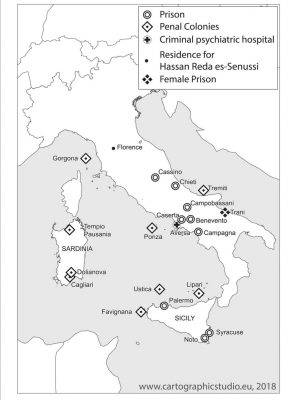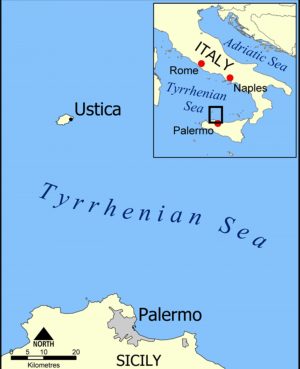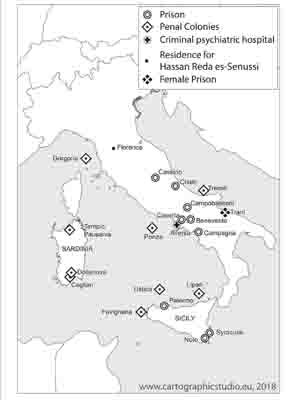By Sami Zaptia.

London, 15 November 2018:
The head of Libya’s Presidential Council, Faiez Serraj, yesterday visited the graves of Libyans exiled to the small Italian island of Ustica, off Sicily, during the era of Italian colonisation of Libya.
Serraj had taken advantage of his presence in the Sicilian city of Palermo in southern Italy where he had attended the international conference on Libya held on 12-13 November.
Serraj visited the island’s cemetery where 132 Libyan exiles were buried, laying a wreath at a plaque commemorating their memory, and reading from the Koran to call for mercy on their souls.

Serraj told Libyan media that the Libyan victims of the Italian colonial era will remain in the Libyan national memory.
He had added that what had happened during that period was a painful era in the history of the Libyan people, and many Libyans had gone through such tribulations, which were lessons that supported and entrenched the aspirations of peoples to live in a world of peace and security.

The island of Ustica has a population of 1,300 people and is about 5 kilometres across, 52 kilometres north off the main island of Sicily in the Tyrrhenian Sea.
It is estimated that about 5,000 to 6,000 Libyans were exiled by colonial Italy to various prisons in Italy between 1911 and 1943.
Many of these Libyan exiles died relatively soon after their arrival in Italian prisons from various diseases such as typhus.










